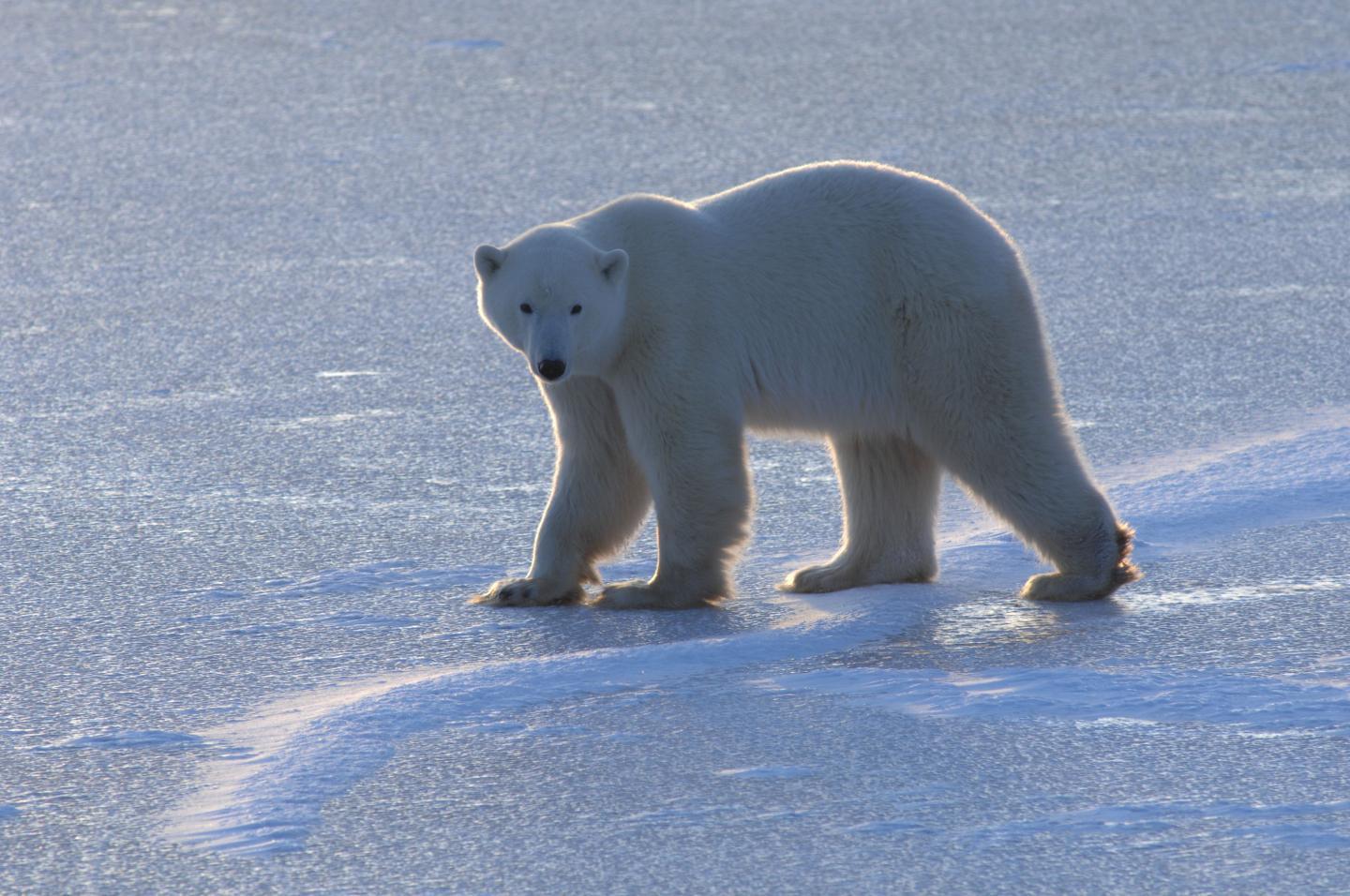Shifts in the timing and duration of ice cover, especially the possible lengthening of ice-free periods, may impact polar bears under projected warming before the end of the 21st century, according to a study published November 26, 2014 in the open-access journal PLOS ONE by Stephen Hamilton from University of Alberta and colleagues.
Sea ice across the Arctic is declining and altering physical characteristics of marine ecosystems, and polar bears are vulnerable to these changes in sea ice conditions. The authors of this study used sea ice projections for the Canadian Arctic Archipelago from 2006-2100 and metrics developed from polar bear energetics modeling to gain insight into the conservation challenges for polar bears facing habitat loss.
Shifts away from multiyear ice to annual ice cover throughout the region, as well as lengthening ice-free periods, may become critical for polar bears before the end of the 21st century with projected warming. Each polar bear population in the Archipelago may undergo 2-5 months of ice-free conditions, where no such conditions exist presently. Under business-as-usual climate projections, polar bears may face starvation and reproductive failure across the entire Archipelago by the year 2100. "We predict that nearly one-tenth of the world's polar bear habitat, as much as one-quarter of their global population, may undergo significant habitat loss under business-as-usual climate projections," said Stephen Hamilton.

This is a photo of an Arctic polar bear. Shifts in the timing and duration of ice cover, especially the possible lengthening of ice-free periods, may impact polar bears under projected warming before the end of the 21st century, according to a study published Nov. 26, 2014 in the open-access journal PLOS ONE by Stephen Hamilton from University of Alberta and colleagues.
(Photo Credit: Andrew Derocher)
Source: PLOS